Norman Salsitz papers
Norman Salsitz (1920-2006) was born Naftali Saleschutz in Zabrze, Poland, to Isak and Esther Saleschutz. He grew up in Kolbuszowa and had eight older siblings: Avrum (b. 1901), Bluma (Gela, b. 1903), Leibush (b. 1904), Malcia (b. 1907), Liba (b. 1908), Matla (b. 1911), David (b. 1913), and Rachel (b. 1917). Avrum immigrated to the United States in 1919, and David immigrated to Palestine in 1933. The rest of the Saleschutz family was forced into the Rzeszów and Kolbuszowa ghettos following the German occupation, and Norman was forced to perform slave labor. His father was murdered during an action, and the rest of his family in the ghettos was deported to the Belzec death camp. In October 1942, Norman escaped Kolbuszowa to the surrounding forest and joined a group of resistance fighters. These fighters fought to dismantle and damage German railroads, mills, and police stations. In 1944, Norman joined the Armia Krajowa (Home Army) Polish underground, despite the strong presence of antisemitism. Norman worked with the underground to defeat their common foes until the command was given to seek out and kill Jews being hidden on a farm. Norman volunteered for the mission, killing the Poles who had been sent with him instead and rescuing the Jews in hiding. He then fled the Home Army and returned to his original partisan unit where he remained until liberation by the Russians. He married Amalie Petranker (1922-2003) in 1945 and relocated to Germany. Amalie was raised in Stanisławów, Poland (Ivano-Frankivsk, Ukraine), had two sisters named Celia and Pepka, and survived the Holocaust in Kraków under the assumed identity of Felicia Milaszewska, a Catholic Pole. The couple immigrated to the United States in 1947. Norman honored his mother’s dying wish was for her son to keep their stories alive by speaking about his war experiences and writing books including Against All Odds, A Jewish Boyhood in Poland, and Three Homelands. The collection consists of two notebooks containing songs and poems hand copied by Norman Salsitz around 1935 and hundreds of photographs of Norman Salsitz and his family taken before, during, and after World War II in and around Kolbuszowa, Poland, and including the Kolbuszowa and Rzeszów ghettos. Most of the photographs date from the 1930s and 1940s and were hidden by Salsitz when the Jewish population of the Kolbuszowa ghetto was deported to Belzec. The collection also includes photographs of educational, religious, and social groups before the war; compulsory prewar labor brigades (“szarwark”); German wartime atrocities; Amalie Petranker and her family in and around Stanisławów and Kraków, Poland; Bergen-Belsen and Auschwitz after liberation; and the Zeilsheim displaced persons camp.
- EHRI
- Archief
- us-005578-irn514517
- Songbooks.
- Jewish ghettos--Poland--Kolbuszowa.
- Salsitz, Norman, 1920-2006.
Bij bronnen vindt u soms teksten met termen die we tegenwoordig niet meer zouden gebruiken, omdat ze als kwetsend of uitsluitend worden ervaren.Lees meer




